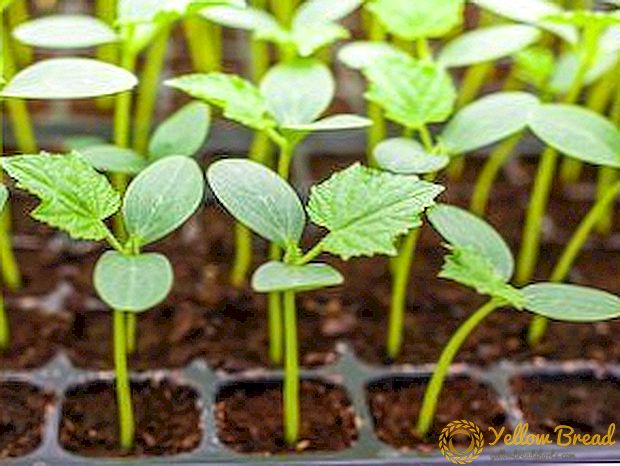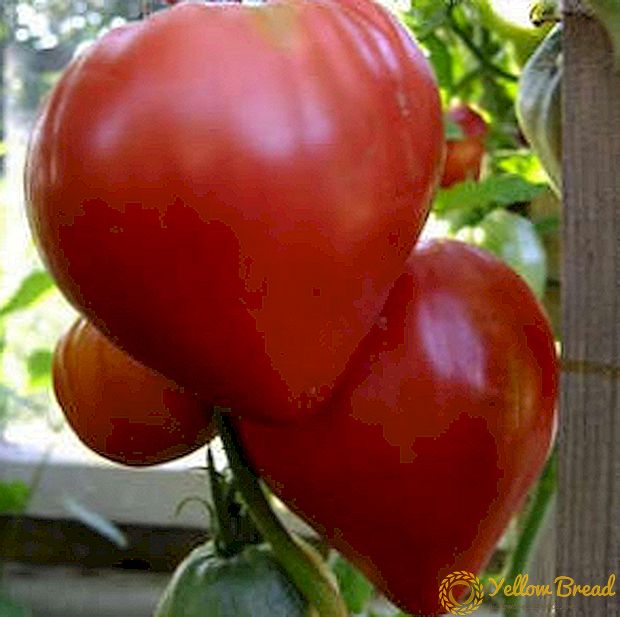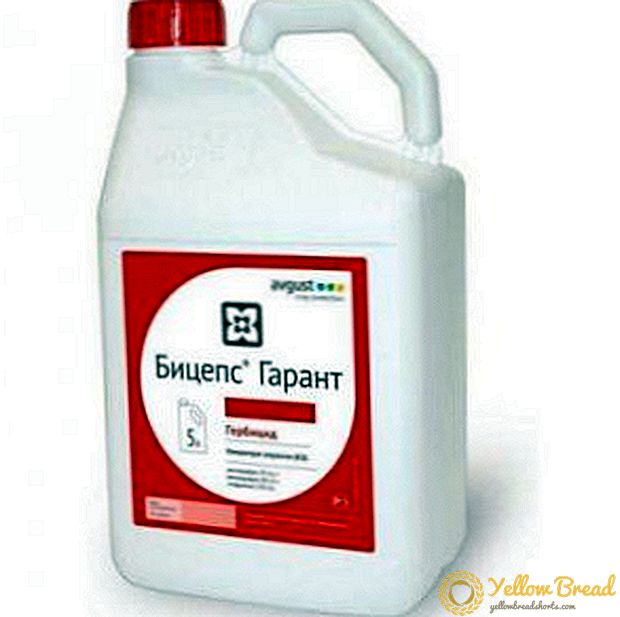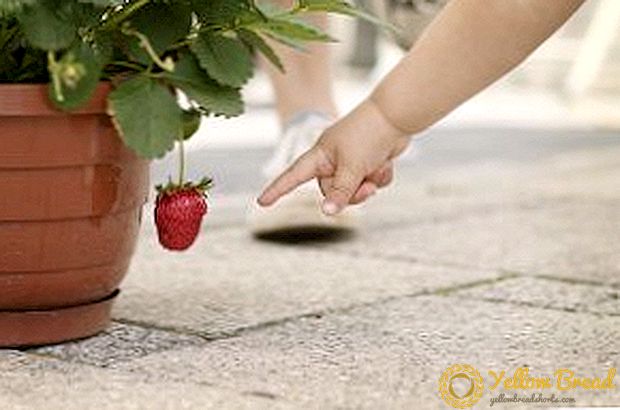 Aglaonema considered to be the closest relative of the dieffenbachia and has a similar description with her. It is an evergreen herb with an upright fleshy stem. In some species of aglaonema, the trunk branches practically at the very base.
Aglaonema considered to be the closest relative of the dieffenbachia and has a similar description with her. It is an evergreen herb with an upright fleshy stem. In some species of aglaonema, the trunk branches practically at the very base.
Young specimens have no pronounced stem. In adult plants, a short stem is formed, on which the remains of the bases of fallen leaves are well preserved.
- We create optimal conditions for successful cultivation.
- Location and lighting
- Temperature conditions
- Caring for aglaonema with skill
- Watering and humidity
- Plant nutrition
- Aglaonema toxicity
- Fight against diseases and pests
- All about aglaonema transplantation
- Reproduction Methods for Aglaonema
- Growing from seed
- Cuttings
- Division of rhizomes
The plant has dense leathery large leaves, covered with a pattern, reaching in length from 25 to 30 centimeters and placed on long petioles. Different varieties of aglaonem have different leaf color. Aglaonema is rather slow, and therefore she will not be able to please the owner with intensive rates of development. 
We create optimal conditions for successful cultivation.
Aglaonema is a representative of the Aroid family. In its natural environment, the bush has chosen the lower tiers of tropical forests as its habitat; it can also be found on the banks of rivers, lakes and swamps. Due to its unpretentiousness, shade-tolerant aglaonema will not cause any problems in caring at home even for beginning plant growers, but its glossy, dark-green leaves with silver edges will easily become the main decoration of any apartment.
Location and lighting
Aglaonema prefers the windowsills of the northern or eastern windows. Also, specimens with green leaves will feel great when installed away from windows, in places with insufficient lighting.
The photophobia of aglaonema is explained by the fact that in its natural environment it hides under the branches of tropical trees, where the sunlight practically does not penetrate. This allows you to set the pots with aglaonema in the darkest corners of the house, where other plants can not survive. 
Temperature conditions
Aglaonema is not sensitive to temperature fluctuations: in summer, the plant easily tolerates temperatures up to +30 degrees, and in winter it is not afraid of lowering temperatures to +15 degrees. Despite the wide temperature range, the plant feels comfortable at temperatures from +20 to + 25 degrees.
Caring for aglaonema with skill
By choosing the right place for the aglaonema in the house and providing it with adequate lighting, temperature, humidity, fertilizing and watering, you can be sure that the plant receives everything it needs for a comfortable life.
Watering and humidity
Aglaonema is sufficiently moisture-loving, and therefore, when it is grown, it is necessary to ensure that in a warm season the earthen room in a pot never dries out, since this will negatively affect its development.
In order for the plant to feel comfortable in the summer, it will be necessary to spray the bush daily and regularly clean its leaves from accumulated dust. 
In the cold season, the bushes are watered every two weeks. During the winter period the plant does not need spraying: it’s enough if you give him a warm shower once a month or wipe the leaves with a damp sponge. If brown spots appeared on the leaves of the petit, this is a clear sign that she suffers from improper watering.
Plant nutrition
Aglaonema needs feeding all year round. During active vegetative growth, the bushes are fed at least twice a month. In winter, fertilizers are applied once a month.For fertilizing use fertilizers, which include nitrogen, potassium, phosphorus, as well as zinc, magnesium, manganese, B vitamins and phytohormones. 
Aglaonema toxicity
Aglaonema is very poisonousand therefore, when caring for bushes, try to carry out all the manipulations with rubber gloves, since even a small amount of juice on the skin or its contact with the leaves and fruits of the plant in sensitive people can cause severe irritation.
Especially responsibly, it is necessary to consider the choice of place to install a pet, if the house has small children.
Fight against diseases and pests
Aglaonema has excellent immunity, but still, sometimes it is necessary to save it from diseases and pests that can cause significant damage to the plant.
Most often aglaonema bushes suffer from thrips, aphids and scutes.
If you notice that your aglaonema for some reason began to curl the leaves, then study their reverse side: surely you will notice there red spider mite. On infected bushes deformed, turn yellow and fall off the leaves, and with a massive seeding the plant may begin to lag behind in growth and even die.  In order not to miss the pests, it is necessary to systematically inspect the bushes for infection by pests. When detected aphids you should wash the bushes under running water and treat its leaves with strong soapy water. When infecting pets with a shield rub their leaves with a sponge dipped in alcohol solution.
In order not to miss the pests, it is necessary to systematically inspect the bushes for infection by pests. When detected aphids you should wash the bushes under running water and treat its leaves with strong soapy water. When infecting pets with a shield rub their leaves with a sponge dipped in alcohol solution.
With a massive seeding bushes are treated with "Aktellik" or "Fufanon" at the rate of 15 or 20 drops of the drug per liter of water. When infecting plants with a spider mite, it is sprayed with "Pegasus" or "Decis".
Aglaonema is resistant to most phytoinfections, but it is completely defenseless against gray rot and leaf spot. If you notice traces of the disease on the leaves, you must immediately treat the plants with any fungicidal agent, for example, "Acrobat" or "Euparen".
Many plant growers are tormented by the question, why do leaves turn yellow at aglaonema? The fact is that the leaves of this plant are an indicator of its health and comfort.  If the leaves turn yellow and sluggish, This means that aglaonema suffers from cold. In the event that their edges have acquired a brown color, and the plant itself began to lag significantly in growth, this is a sure symptom of the fact that it is watered with cold and hard water.
If the leaves turn yellow and sluggish, This means that aglaonema suffers from cold. In the event that their edges have acquired a brown color, and the plant itself began to lag significantly in growth, this is a sure symptom of the fact that it is watered with cold and hard water.
Also sometimes with non-compliance with the basic rules of growing the tips of the leaves of aglaonema may shrink and get brown.
This suggests that the bush suffers from too dry air. More frequent spraying of plants will help solve the problem and give it a healthy look.
The appearance of white spots on the sheets of the bush - a sign that the plant has been exposed to direct sunlight.
All about aglaonema transplantation
An important component of the successful cultivation of aglaonema is its transplant after purchase. The fact is that the bush can not grow in poor-quality soil, not able to satisfy all its nutrient needs.
 In order for aglaonema to grow and develop normally, it is desirable to use a soil substrate for its cultivation, consisting of peat, sand and leafy land in the ratio of 1 x 1 x 2.
In order for aglaonema to grow and develop normally, it is desirable to use a soil substrate for its cultivation, consisting of peat, sand and leafy land in the ratio of 1 x 1 x 2.To prevent the defeat of the bushes with a fungal infection, it is recommended to add a little crushed charcoal to the substrate.
In addition to the correct selection of the substrate, it is necessary to equip a good drainage layer in the pot, which will prevent stagnant water and acidification of the soil. The plant feels great when grown hydroponically or in an aquarium.
For a good growth of leaves, it needs a limited space for the roots, and therefore, when choosing a new pot, pay attention to the fact that it should be only a couple of centimeters more in volume than the previous one.
Aglaonema grows very slowly, and therefore young bushes need to be transplanted annually. When a pet reaches the age of three, no more than once every two or three years.Transplantation is best done in the spring at the beginning of the active growth stage, which will increase the chances of the bush to survive.
Reproduction Methods for Aglaonema
If you are going to breed overseas beauties, then you should know how aglaonema breeds. Propagation of aglaonema at home can be done in three ways:
- grafting;
- sowing seeds;
- division of the bush.
 All methods are simple, and therefore get a new plant will be able as an experienced florist, and novice.
All methods are simple, and therefore get a new plant will be able as an experienced florist, and novice.Which way to choose depends on the preferences of the breeder and the availability of free time.
Growing from seed
Growing aglaonema from seeds is ideal for those who plan to get a large amount of planting material in a short period of time.
After collecting the berries, seeds are immediately removed from them, washed thoroughly and dried. Fresh seeds have excellent germination, but in the process of storing their quality will be strictly reduced.
Seeds are sown in containers with the prepared substrate, covered with glass or film and put in a warm dark place. As the substrate dries, it is recommended to irrigate it with a spray bottle.
The containers are ventilated once a day, which helps prevent the seeds from covering the mold. After the seedlings acquire a pair of true leaves, they can be transplanted into separate containers. 
Cuttings
Aglaonema perfectly propagated by cuttings. Due to its simplicity and high degree of efficiency, this method is considered the most beloved of many plant growers. To obtain cuttings, lateral and apical shoots are used, as well as trunk segments.
For quick rooting, stem sections must have at least a pair of leaves. The place on the bush where the cutting was cut should be treated with crushed charcoal, which will dry the wound and prevent infection from penetrating into it.
The resulting cuttings are planted in the prepared substrate and well watered.To increase the likelihood of rooting, sprouts can be covered with cans or parts of plastic bottles. Tanks with cuttings put in a warm place until rooting.
Cuttings need systematic moistening. To prevent plants from becoming infected with mold, they are aired every day, which also provides them with fresh air. 
Division of rhizomes
The division of rhizomes is another convenient and simple method of reproduction of aglaonema. When performing this operation, it will be necessary for the plant breeder to handle the bushes as carefully as possible, since this plant is poisonous.
In the process of growing aglaonema, the plant breeder may notice that as he grows up, his shrub grows very strongly, and young shoots appear on it. Young shoots in this case are separated and used as planting material.
Suitable for planting seedlings with healthy leaves and a well-developed root system. Seedlings before full rooting cover up with banks or plastic bags, which allows you to create the most comfortable for the formation of the roots of the microclimate. In the future, care for the sprouts consists in timely watering and regular spraying.  Aglaonema is a charming unpretentious plant that attracts flower growers with glossy large leaves, which will easily take the main place in any collection and will be the main decoration of the house. But be very vigilant when growing it, because the beauty is far from being harmless: there is a strong poison in its leaves!
Aglaonema is a charming unpretentious plant that attracts flower growers with glossy large leaves, which will easily take the main place in any collection and will be the main decoration of the house. But be very vigilant when growing it, because the beauty is far from being harmless: there is a strong poison in its leaves!





